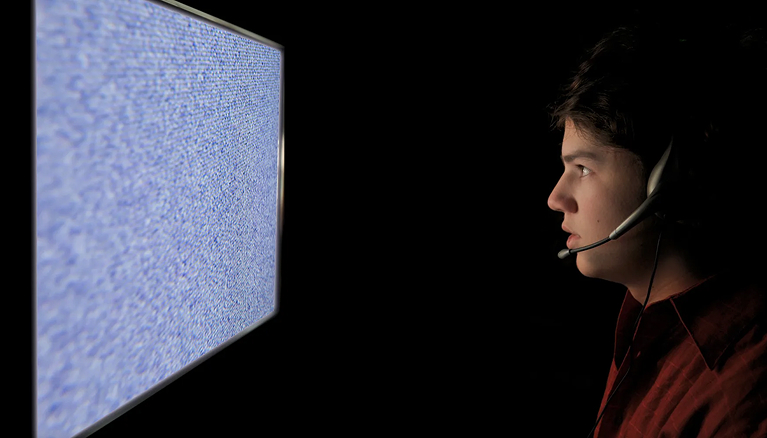Screen Addiction

98%
Patient Satisfaction
What Is Screen Addiction?
Screen addiction is when a person uses technology excessively and becomes dependent on it. Screen addiction mainly involves smartphones, tablets, computers, and televisions. It is identified by a compulsive need to use these electronic devices, regardless of the negative impacts on daily activities and obligations such as work, school, or social relationships.
Screen addiction encompasses many technological addictions, including social media addiction, video game addiction, the internet addiction, and porn addiction. It can lead to a wide array of physical and psychological problems, including eye strain, muscle strain, sleep disturbances, anxiety, depression, and social isolation.
Physiological And Mental Effects
Depression
Depression is the most common mental health condition associated with screen addiction. A study from Preventative Medicine Reports found a correlation between higher screen time usage and moderate to severe depression levels, with higher rates found among females. The study found that four or more hours of daily screen time was the tipping point for heightened risk of depression.

01
Insomnia
Using screens before bed can lead to many issues that affect a person’s sleep quality. Blue light from devices can delay melatonin production, leading to a lack of sleepiness. Likewise, engaging in stimulating games or watching exciting shows can also make a person feel more alert. Screen addiction heightens the risk for these factors, as a person spends excessive time on these devices and puts off sleep.

02
Stress
Some people claim to use screen time to zone out and take a break from the day’s stressors, but the reality may be that this time is a source of stress. Fear of missing out (FOMO), lowered self-esteem, and loneliness are some of the stressors associated with screen addiction. The Journal of Medical Internet Research found that people who used screen time for entertainment and social networking experienced 19% more emotional stress than those who used screen time for professional purposes.

03
How Much Screen Time Is Too Much?
The American Optometric Association (AOA) found that people who use screens continuously for two or more hours a day are at the greatest risk of developing computer vision syndrome, the most prevalent side-effect of screen addiction.
This is troubling news, as they also reported that people spend up to seven hours a day looking at a screen for work-related purposes. When added to the four to six hours of personal screen time the average person engages in (mostly on their phone), almost half the day is spent with their eyes glued to a screen.
While some of this time is productive, excessive screen use for recreation (video and computer games, social media, dating apps, entertainment, etc.) can negatively affect a person’s mental and physical well-being.


Find Treatment For Screen Addiction
It’s important to remember that treatment for screen addiction is not one-size-fits-all.
It’s vital to seek treatment from a licensed mental health professional who has experience working with addiction-related issues to find the best treatment for you.
If you are looking for support in treating your screen addiction, online therapy is available now.



